Piaggio Vehicle India (P) Ltd. (PVPL) Managing Director and Chairman, Diego Graffi, is among the heads of the industry calling for self-reliance and is leading his company in that direction. Sharing his insights with Rajesh Rajgor, he discusses the opportunities and impetus involved to strengthen the company’s products in India and abroad
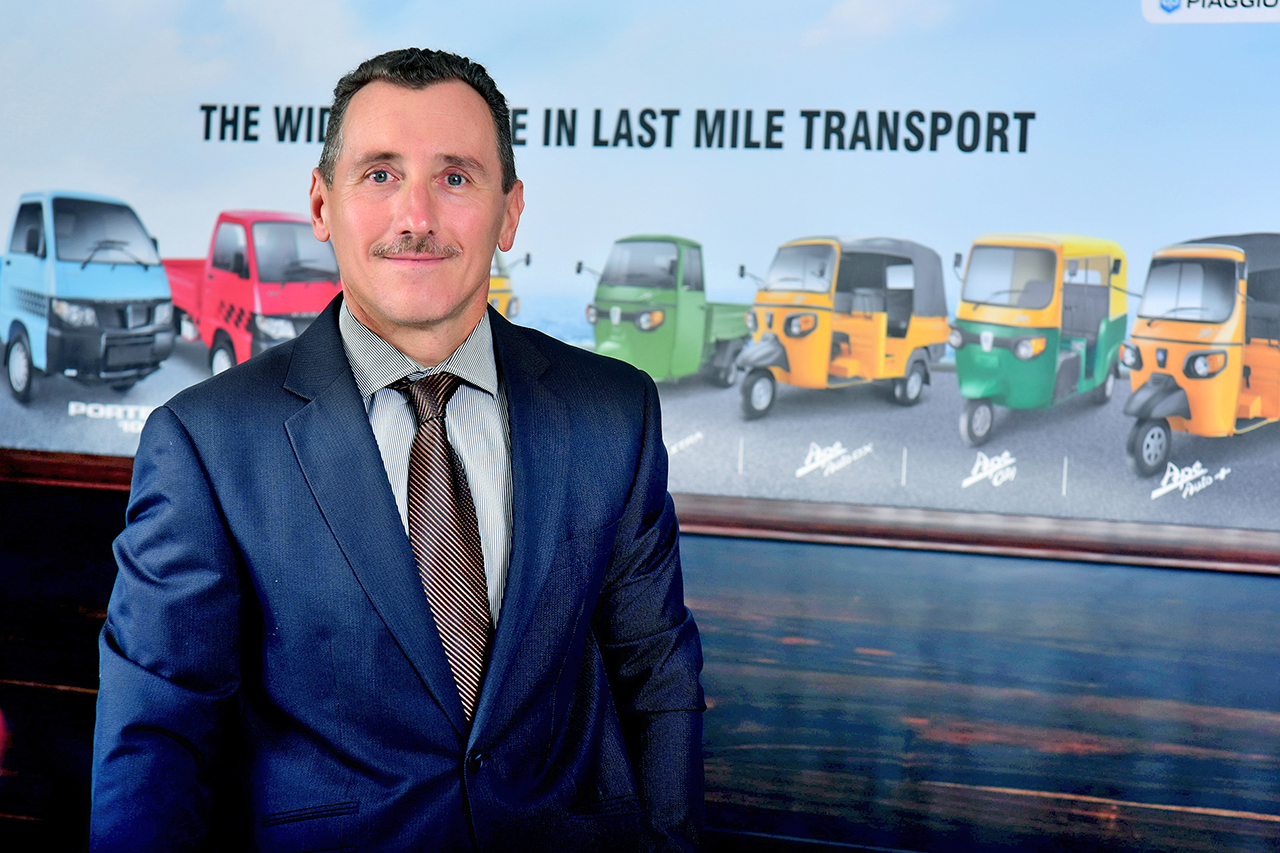
How would you summarise Piaggio Vehicle Private Limited’s (PVPL) India journey in the three-wheeler cargo and passenger space for the past few years versus the last 15 months?
As you are aware, PVPL commenced operations in India in 1999 with the launch of its three-wheeler brand Apé, which was an immediate success and has grown from strength to strength over the years. Our products are not only endorsed by approximately 3 million satisfied customers across India but also exported to more than 40 countries. The company has gone through major changes over the years in terms of both products as well as business expansion.
The growth momentum continued in the years that followed with of course the last 15 months of the pandemic being a bit exceptional. The year 2018-19 has been a record year for us as the three-wheeler industry was at the peak. Our sales figure for commercial vehicles (CVs) stood at 1,64,334 in 2019. We were aiming that 2020 would be another record year for us, notwithstanding the impact of the BS-VI norms. Definitely, the pandemic came suddenly and changed the business parameters in the industry. Despite this, we have seen a strong push for three-wheeler cargo for goods transportation during the unlocking phase.
Hence, towards the end of 2020, October, November and December have been positive for us in both CV and two-wheeler business. We are looking at positive performance in 2021 from all points of view. We have set the basics right in terms of wide products – diesel and alternative fuel as well as extensive dealer network. In India PVPL has shown market share growth in both the CV and two-wheeler business in the first quarter of 2021 and our network depth contributes to this. The second wave did dampen the sentiments but the faster and full vaccination drive should open the market pretty soon and bring people back to normalcy.
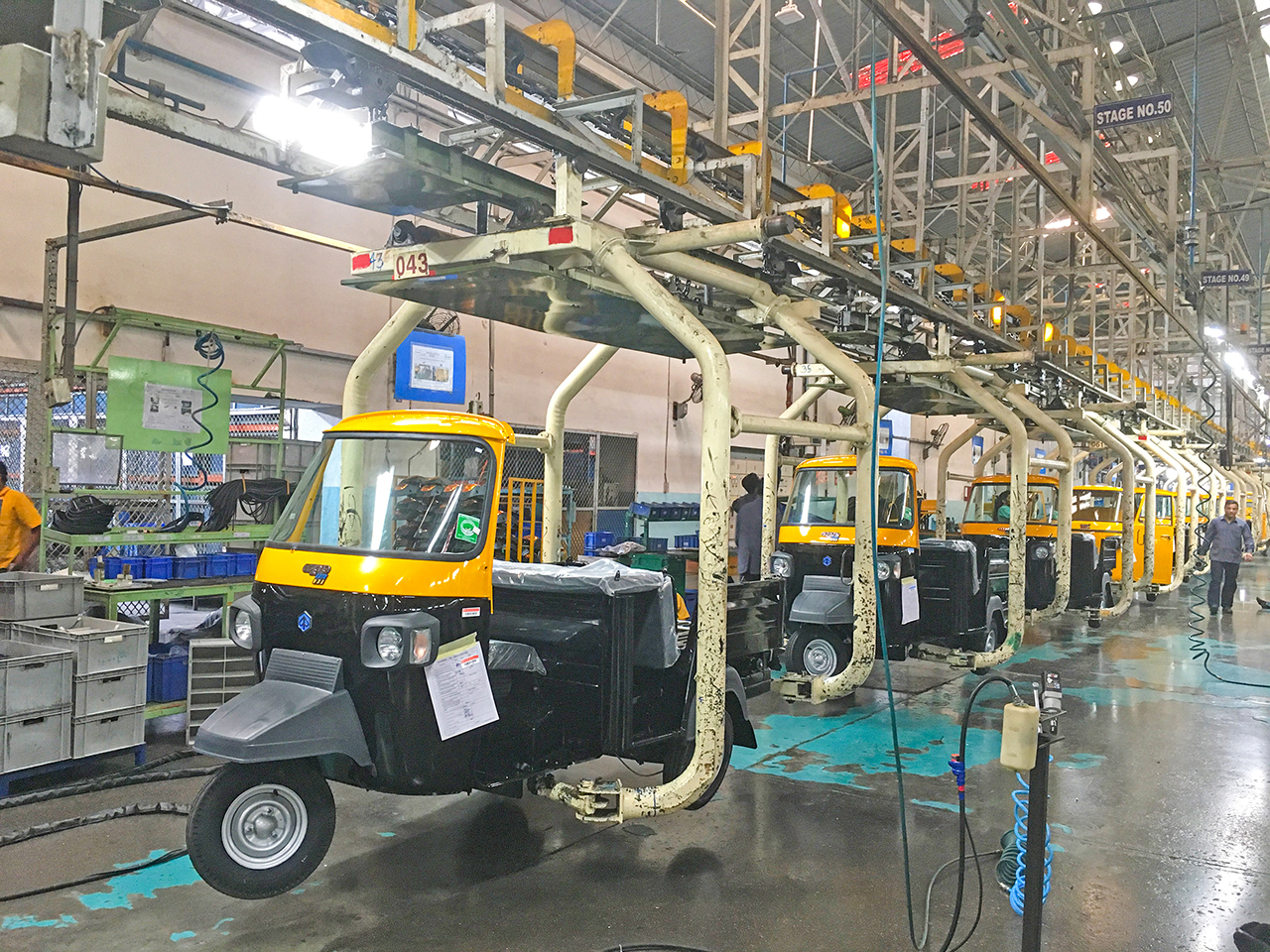
Has the transition to BS-VI, availability of alternative fuel vehicles and pandemic-led restrictions impacted the performance of shared mobility in the three-wheeler segment?
It remains a matter of fact that the transition to BS-VI and the corona virus-triggered restrictions slowed the sentiments for shared passenger mobility. The changes have been challenging for the entire industry, not merely from the technology point of view but also from the economical perspective. We have seen price increase of vehicles, mainly for diesel that complied with BS-VI emission norms. That said, the full impact of BS-VI has still not been witnessed in the three-wheeler industry, especially in the passenger vehicle segment.
We will get to know about this only when the market opens up pan-India and everything returns to normal. Our perception is that we are seeing good sign already toward alternative fuel and a move from diesel to alternative fuel will be imminent. CNG will continue to remain the most effective solution in terms of product ownership and drivability. Going forward, both for cargo and passenger vehicles the percentage of diesel and alternative fuel will change quite drastically. We have seen this in the second half of 2020 – it will be much more evident going forward.
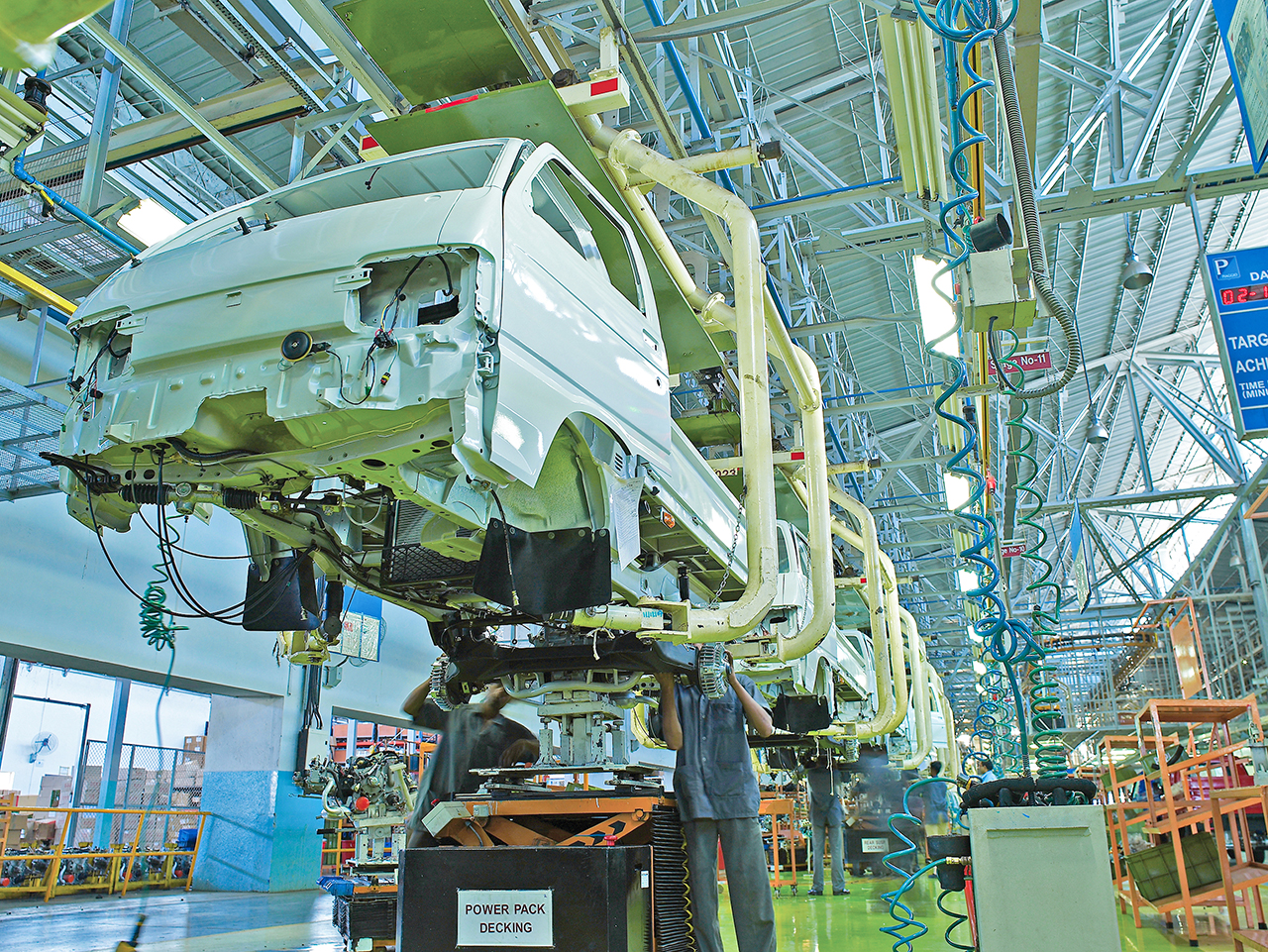
What is your reading of the evolving last mile connectivity? How does Piaggio Vehicle fare both in the passenger and cargo segments?
It is evident to everyone that the last 15-24 months have given a big boost to the e-commerce segment. It wouldn’t be a surprise that many of the retail companies providing services using online methodology will post fantastic results in this time period. Being at home has changed the habit of purchase for many end consumers. Buying things online has been so easy that it has given a huge enhancement to last mile transportation. Our three-wheeler cargo, especially alternative fuel and electric vehicles, will take a bigger advantage of this.
We have seen demand for cargo three-wheelers grow and it will definitely be higher in the medium to long term. For passenger vehicles, our perception is that two-wheelers will take a lead, especially being strong in semi-rural and rural areas. These are the regions that are most affected in public transportation due to the pandemic. Similarly, urban areas will opt for personal mobility in the near term. We definitely see a shift from demand in passenger vehicles to personal mobility once the situation becomes normal in Tier I and II cities across India.
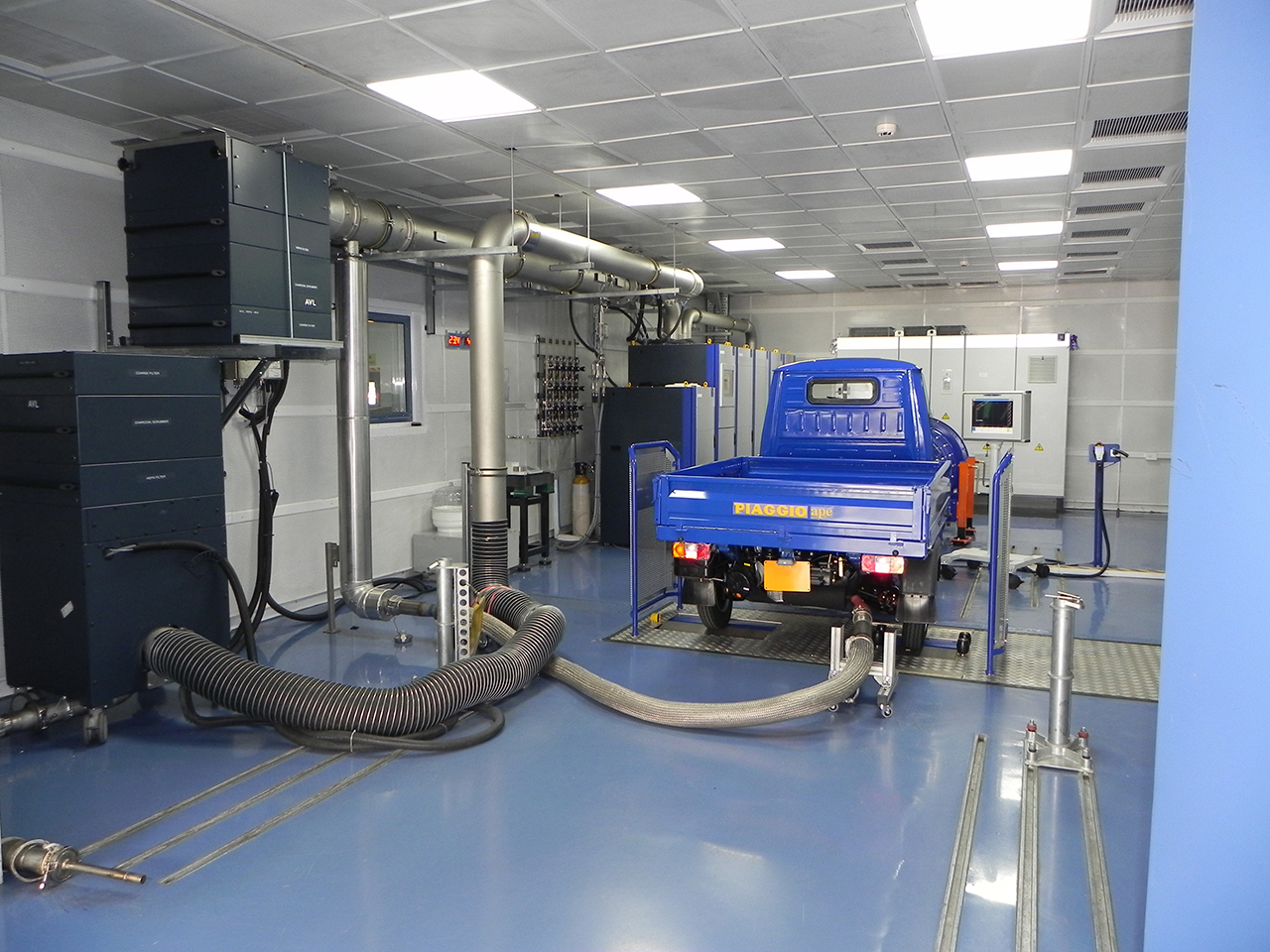
Could you explain the level of emphasis PVPL has given to electric vehicles and what is the strategy you have adopted for growth of EVs in India?
Piaggio Group has a rich heritage of developing electric technology over the last 15 years which we have leveraged to develop class-leading products for India. We have developed both swappable and fixed battery technology solutions to serve the varied needs of the customers. With the introduction of our Apé Electrik range we have truly positioned ourselves as a fuel agnostic player in India offering vehicles in diesel, CNG, LPG, petrol and electric. Having operated in India for so many years we know that the urban areas will grab both the options of swappable as well as fixed batteries.
The rural area may take some time to find the right charging infrastructure and hence our various other alternative fuel offerings will serve their needs. We have faith that with the Government of India’s focus on EVs in the three-wheeler category and Piaggio Vehicles’ own vision of developing innovative EV solutions that find mass adoption will be soon a reality. There will be major shift from diesel to electric vehicles in the next 3-5 years in cities and rural areas will opt for alternative fuel vehicles.
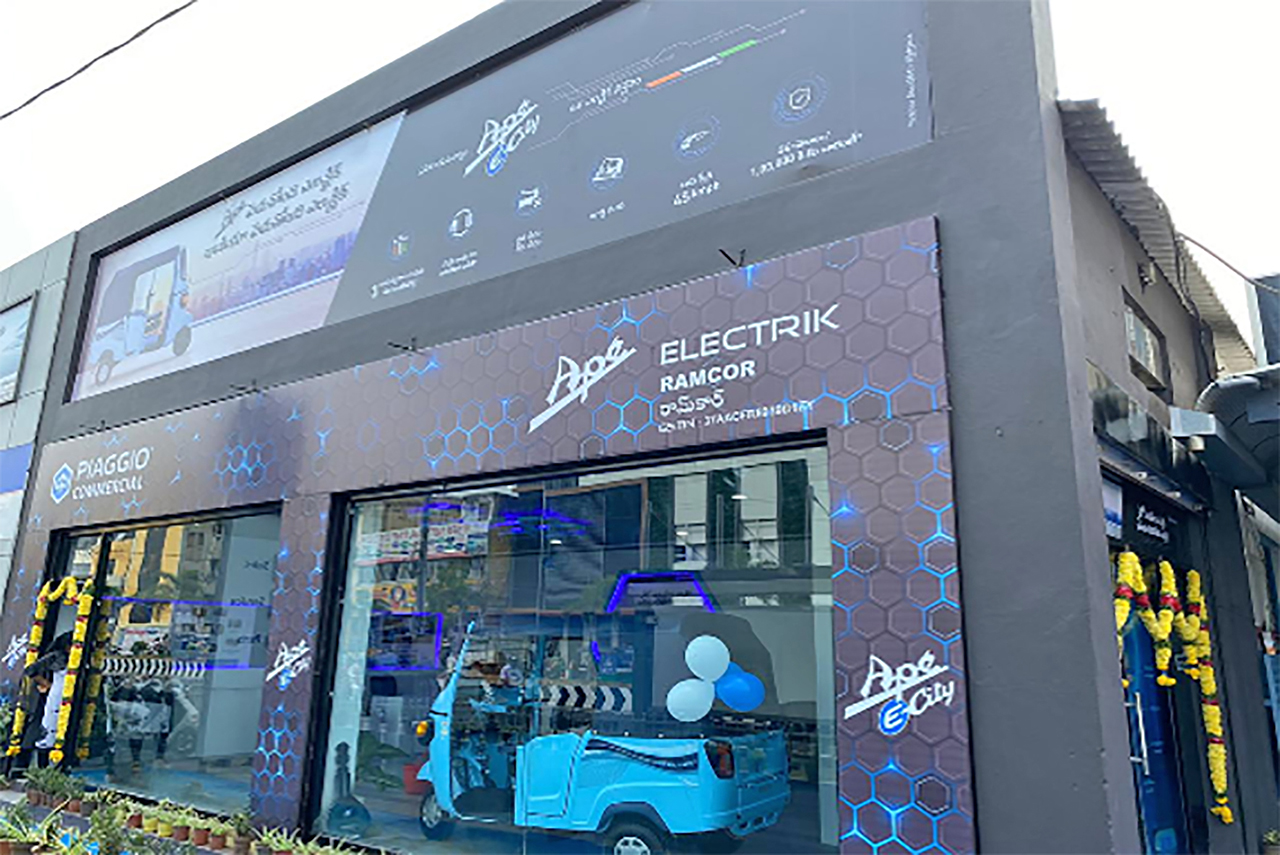
How have you strengthened your dealer and service network in the last 15 months?
Let’s divide this between two-wheeler and CVs as they are different. The CV three-wheeler segment is the only sector which even after ease of restriction had only come back by 50 per cent as compared to the previous normal level of demand. So, it is clear that our exclusive networks will struggle and face lot of challenges not only during the ongoing lockdowns but also the following months. However, we have been quite cooperative with them and many of them have been quite resilient despite facing challenges. The introduction of new products from 300 cc engine to powertrain to electric variants has attracted new partners towards us. We have announced 100 new dealers since the beginning of 2021, which was definitely not easy in the current situation.
It has only been possible due to the trust and confidence the market has in our brand. Everyone realises that the situation of the lockdown will be temporary and sooner or later it will be over when normalcy sets in. We are optimistic that the pent-up demand will come back stronger than ever. The new partners are quite excited by the product range available with us. As soon as the restrictions are lifted, the passenger vehicles space too should reach the previous level of high, both in personal and shared mobility. If both the last quarter of calendar year 2020 and the first quarter of 2021 are any indications, the demand will surely return.
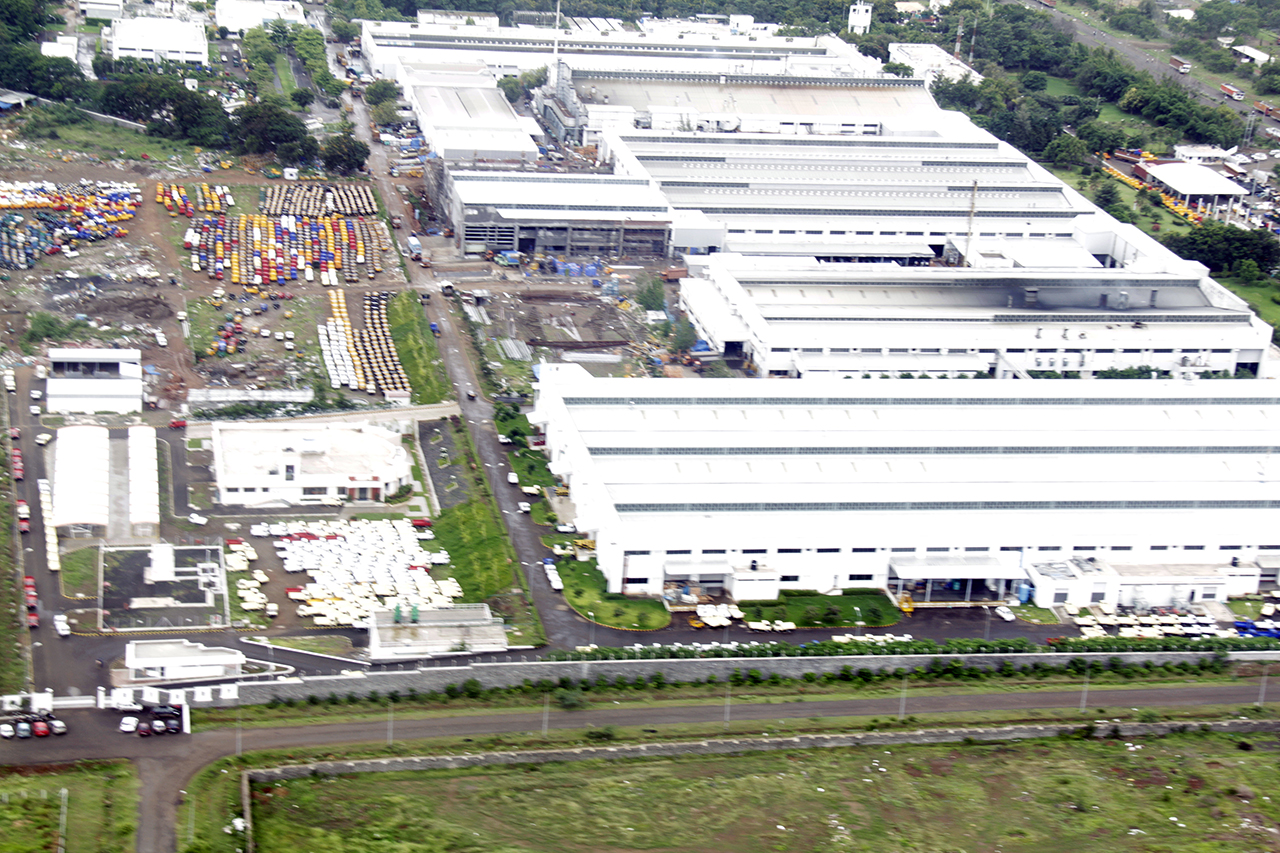
If you were to share three factors that have made PVPL what it is today, what will they be?
There have been many aspects that have helped us passed through various challenges. The number one factor is our commitment towards lean management. We have encouraged everyone to be lean and sharp in decision-making which is definitely a must in the current times. If you are not sharp, not lean and not fast in taking decisions every day, it will be difficult to tackle day-to-day challenges. The second factor stems from the extensive development of our product portfolio, which has enabled us to be very competitive in all the ranges and segments in the last three years.
Last, but not the least, it is being ahead in terms of innovation and looking forward. In the last one year we have been going through deep and heavy design thinking certification both at top management and employee levels. Additional knowledge and certification will help in performing things differently by taking advantage of the market opportunities. Most of us took time during the pandemic to hone our skills that will be beneficial to the company and the group.
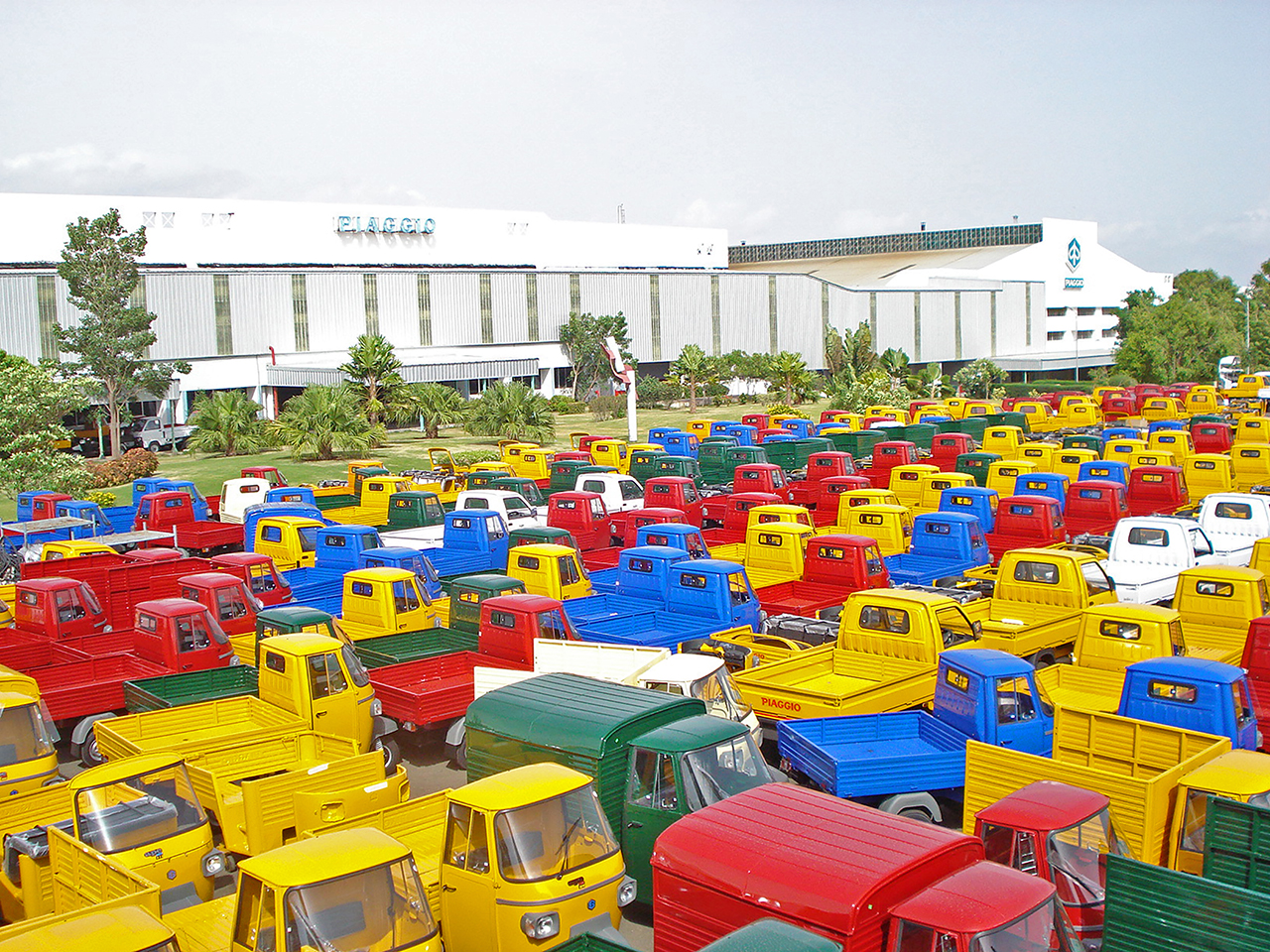
Given the constraints of the supply chain during the pandemic, how robust is your localisation content and what’s the status of production at the Baramati plant?
PVPL has been supportive of ‘Make in India’ even before I came in India in 2017. Today, more than 95 per cent of the components used and assembled in our vehicles are made in India. The biggest challenge in the last 12 months was procurement from suppliers outside India and not that much from India. The push towards localisation is not just a matter of cost but also flexibility. We have to go towards 100 per cent localisation in India as everything can be made feasible here. The level of technology in the supply chain has reached a level that is definitely competitive not just with countries in Southeast Asia but also Europe. Piaggio Group, for its European operations, also seeks high level of components from India given its competitive pricing and technology.
Going forward we are definitely going to push for more localisation, especially in electric vehicles, to make it more affordable for customers. The next 2-3 years will be focused on becoming much more self-reliant. We are taking steps on evolving our supply chain. In terms of operations at our Baramati plant, we have managed continued production, operative with partial workforce. Even during the restrictions we had lot of demand for exports in the two-wheeler and three-wheeler segments. We followed all guidelines and SOPs both in the first and second wave. We plan to ramp up gradually with a minimum workforce of essential employees to start with and then gradually move to full capacity.
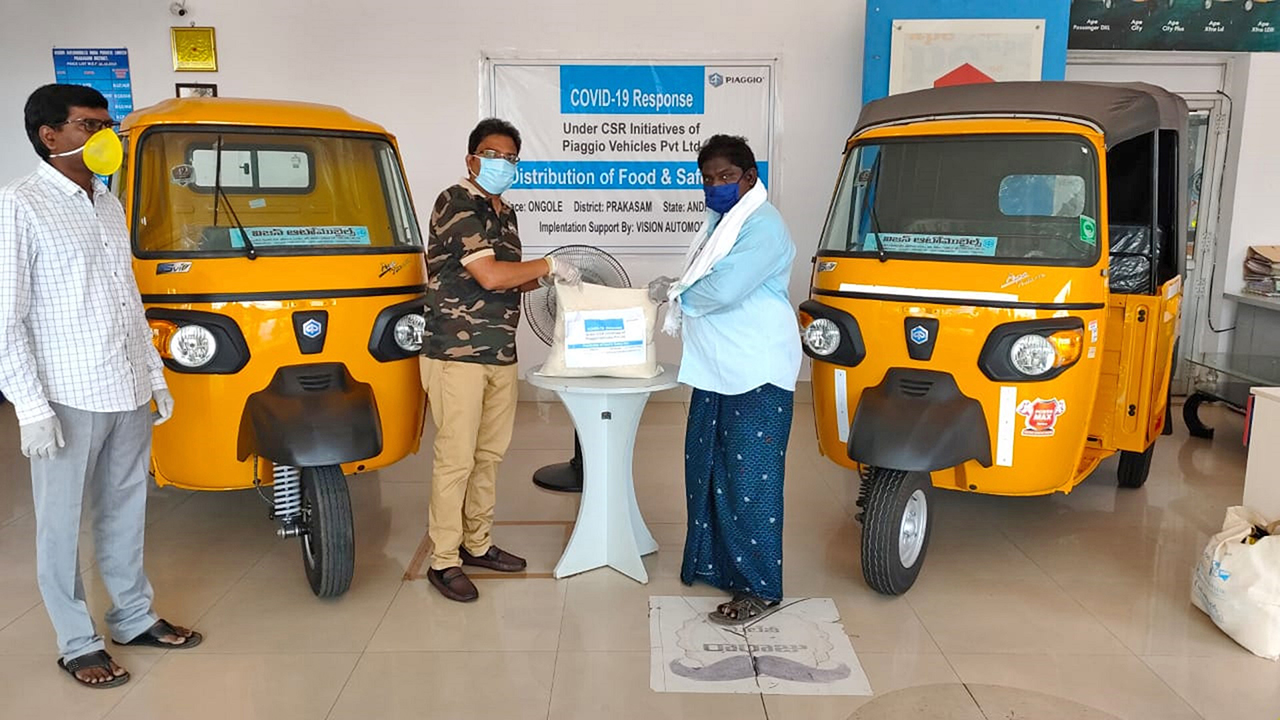
Your commitment to strengthen your front-end as well as the back-end is fantastic with respect to business growth. How has been your support to your employees, government and community during the pandemic?
Traditionally we have always shown sensitivity to people in society and their needs, not only in India but globally, for community service. It has remained very strong throughout the years. We have had several CSR activities even without the pandemic in India as well as in Southeast Asia and Europe. Talking about India with respect to the pandemic, we have shifted our CSR activities towards supporting rural infrastructure, especially in villages like Baramati and others. It includes distribution of ration kits and other essential items. We have provided ration kits to the Executive Magistrate’s Office for distribution among migrant labourers in the Baramati MIDC area.
PVPL has also partnered with an NGO called New Vision and distributed kits to the migrant construction workers in Pune. We are also conducting vaccination drive for all our employees and are trying to see if we can extend this to our dealer partners. Faster vaccination will ensure more people can get back to the old routines. Additionally, we also support ‘Save the Children’ organisation in India as young children are the future of the country. It is the need of the hour that we strengthen children and people during these testing times. It is not a responsibility for us as a corporate but also essential as a human being.